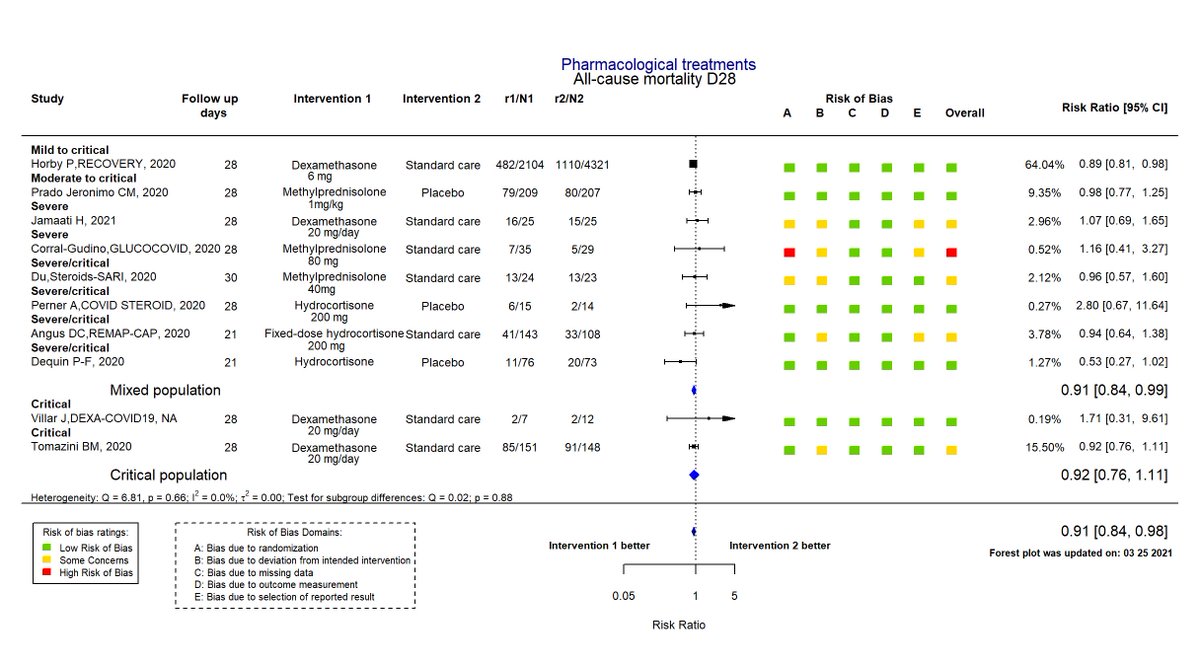
The 2021 AMR Preparedness Index is an excellent effort to look at what is 1 of our most pressing public health issues as some countries emerge from the COVID-19 pandemic: #AntimicrobialResistance
There are important findings for Canadians and their leaders:
1. We ain't so good!
There are important findings for Canadians and their leaders:
1. We ain't so good!
https://twitter.com/MWHodin/status/1407687365590716421

2. We are behind the UK, US, France, Germany, India and Japan on a national strategy.
"Governments must make bolder financial investments ...
... should develop more ambitious National Action Plans and provide sufficient funding to achieve goals ... lean into AMR initiatives now"
"Governments must make bolder financial investments ...
... should develop more ambitious National Action Plans and provide sufficient funding to achieve goals ... lean into AMR initiatives now"

3. We are kinda pathetic on governments' commitments to foster and support AMR innovation.
Govts "should implement pull incentive programs within the next 3 years ...
increase investments in AMR innovations for surveillance and diagnostics ...
ensure pricing reflects full value"
Govts "should implement pull incentive programs within the next 3 years ...
increase investments in AMR innovations for surveillance and diagnostics ...
ensure pricing reflects full value"

4. 🇨🇦 govt effort to reduce overuse of ABx and promote rational Dx is relatively poor, behind most peers.
Govts should "provide better access to diagnostic tools for general practitioners ...
improve enforcement and administration of existing mechanisms ...
fund ... stewardship"
Govts should "provide better access to diagnostic tools for general practitioners ...
improve enforcement and administration of existing mechanisms ...
fund ... stewardship"

5. Canada's attention to managing antimicrobials throughout their life cycle, including disposal, is amongst the worst.
"should better integrate environmental controls in ... National Action Plans ...
continue to integrate the One Health approach"
"should better integrate environmental controls in ... National Action Plans ...
continue to integrate the One Health approach"

6. 🇨🇦 govt has far to go with facilitating collaborative engagement to address AMR
"should provide more direct support for research institutions and working groups ...
partner with NGOs ...
"invest in training next gen of AMR researchers and clinicians to support clinical trials"
"should provide more direct support for research institutions and working groups ...
partner with NGOs ...
"invest in training next gen of AMR researchers and clinicians to support clinical trials"
Conclusion: "Though Canada has demonstrated strong implementation of training, awareness, and healthcare infection prevention programs, investments in innovation and commitments to national strategy are lacking." 

• • •
Missing some Tweet in this thread? You can try to
force a refresh











